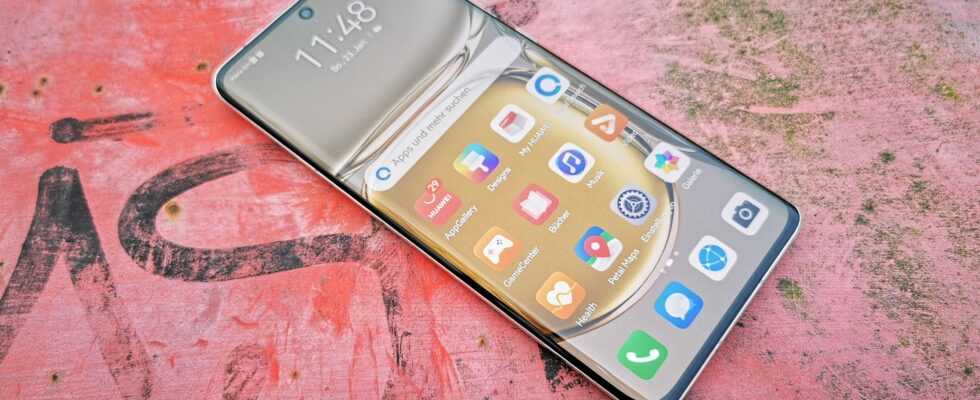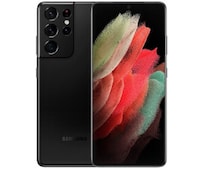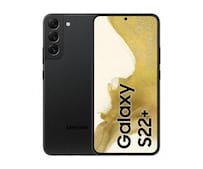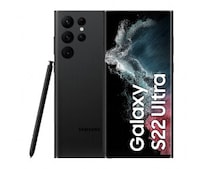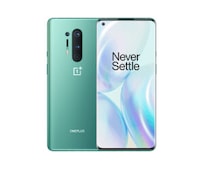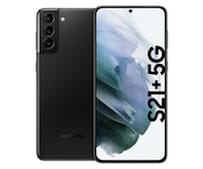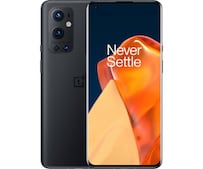At Huawei, the P series traditionally stands for the best camera that the company offers in a smartphone. Apart from the ongoing quarrels about software and hardware resulting from the US ban, it is always exciting to take a close look at a new P model. And so much can already be revealed: The wow effect in the test of the Huawei P50 Pro, which costs 1,199 euros, was not lacking.
Lined up to scrutinize and be scrutinized: Huawei P50 Pro and Huawei P50 Pocket Premium Edition.
Huawei P50 Pro

The front camera is now more compact, but without a 3D sensor it is no longer quite as reliable when it comes to face recognition.
Great display in the Huawei P50 Pro
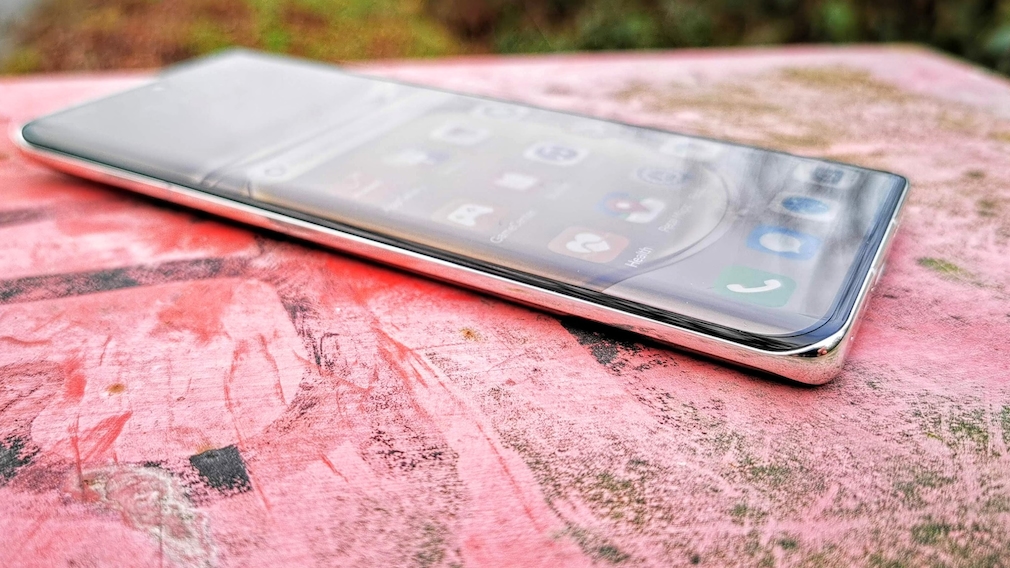
The Huawei P50 Pro has a display that is curved towards the edge.
The OLED screen has a diagonal of 6.6 inches and has a resolution of 2700×1228 pixels, which results in a good sharpness of 450 ppi. The refresh rate is a maximum of 120 Hertz (Hz). The touch sampling rate at 300 Hz. In the standard “Dynamic” mode, the frequency adapts automatically. Saving foxes throttle to 60 Hz. Even then, the picture is anything but bad. The display convinces with a very good brightness (835 candelas per square meter), great color reproduction and an enormous contrast. The fingerprint scanner is also invisibly integrated. In short: the display is a stunner. The front camera waits in a circle for motifs and its owner, who can use the fingerprint sensor as an alternative to unlocking, which does its work invisibly below.
Google apps via detours
It annoys everyone, but no test of a current Huawei smartphone can do without reference to the US ban. Huawei is not allowed to equip its smartphones with the usual Android operating system including Play Store, Maps and Pipapo. The reaction to this is the development of its own EMUI 12 interface, which is based on the open source part of Android. In addition, as an alternative to Google’s Play Store, there is the expansion of the in-house app gallery, which, however, has significantly fewer apps. Therefore, the search for apps usually triggers a search for installation files on the Internet. Huawei has already implemented this. Then you have to allow the installation of third-party providers and you can simply install the APKs, as long as you don’t click on the download pages, which are stately equipped with advertising banners. Because this takes some getting used to for the average user of Google’s Play Store, COMPUTER BILD devalues Huawei smartphones by a whole grade.
Huawei P50 Pro: cameras
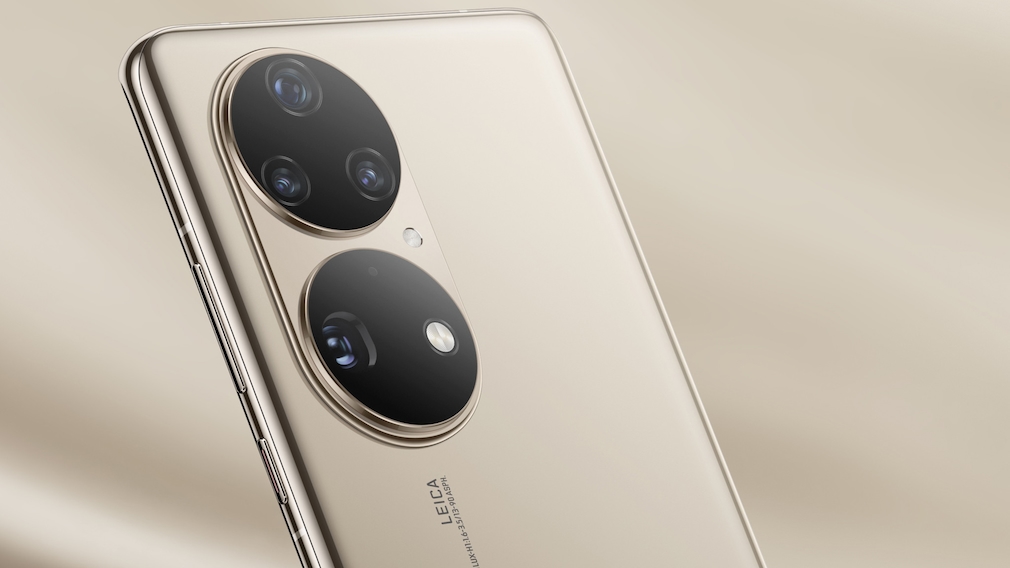
Huawei P50 Pro: A look at the “Dual Matrix Camera Design” with Leica lettering.
The so-called “True Chroma” main camera (f/1.8) takes high resolution photos with 6144×8192 pixels, i.e. 50.3 MP. There are neither effects nor zoom options. It is 3072×4096 pixels (12.6 MP) in the standard setting. Then the camera combines four pixels into one optimized pixel and usually a good photo comes out of it. Sometimes even better than expected. This worked well in the laboratory and outdoors in all lighting conditions, and even excellently in daylight. When snapping around in the field, an inconspicuous belt post suddenly became an interesting motif. How the P50 Pro reproduces the wood structure at 3.5x magnification is impressive.

The Huawei P50 Pro turns an old post in the paddock into a photo event. The resolution of the original photo was 3072×4096 pixels.
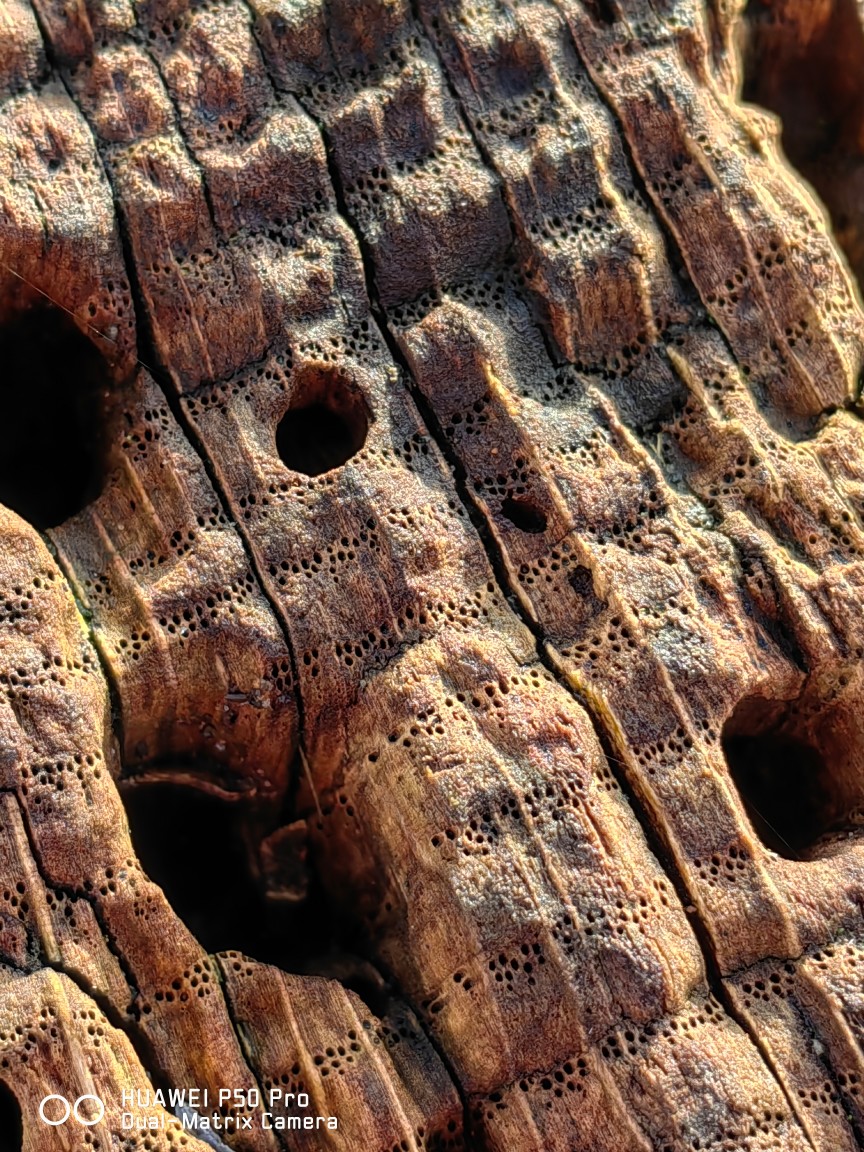
Same distance but with 3.5x magnification. The resolution of the original photo was 3456×4608 pixels – different from the standard picture.
The telephoto lens (f/3.5) with optical image stabilization has a resolution of 64 MP and enables a maximum magnification of 100x. But then mainly digital. Huawei’s advertising strategists give the zoom range as 200x, because they calculate from the 0.5x reduction of the ultra wide-angle lens. For comparison, we let a Samsung Galaxy S21 Ultra zoom in on it.
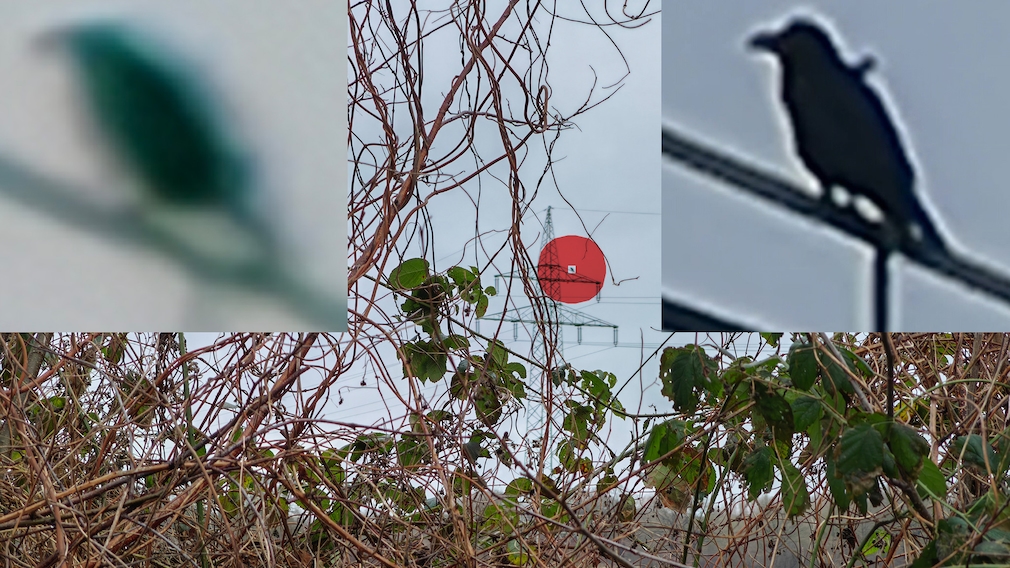
Cropped image of an ultra wide-angle photo and what the Huawei P50 Pro (top left) and Samsung Galaxy S21 Ultra can still get out of at maximum magnification. This zoom duel clearly goes to the S21 Ultra.

The photo quality is one of the special talents of the P50 Pro.
slow motion and video
In the slow motion function, you can choose between 4x slow motion at 120 frames per second (fps) in FHD with no time limit, up to 32x slow motion at 960 fps in FHD for a very short moment (0.3 seconds). The P50 Pro saves a maximum of 4K (2160×3840) videos at 60 fps.
Tempo: P50 Pro with Snapdragon 888 4G
As a further consequence of the US ban, the P50 Pro, like the P50 Pocket, has to do without 5G and basically gets a 5G lightened Qualcomm Snapdragon 888 with the addition “4G” and an Adreno 660 graphics unit. Apart from the fastest possible mobile transmission standard, there is nothing wrong with the speed. In terms of benchmarks, the P50 Pro competes with the fastest mobile phones and also runs performance-hungry games smoothly.
Battery with quick charge function
Memory, dual SIM and equipment
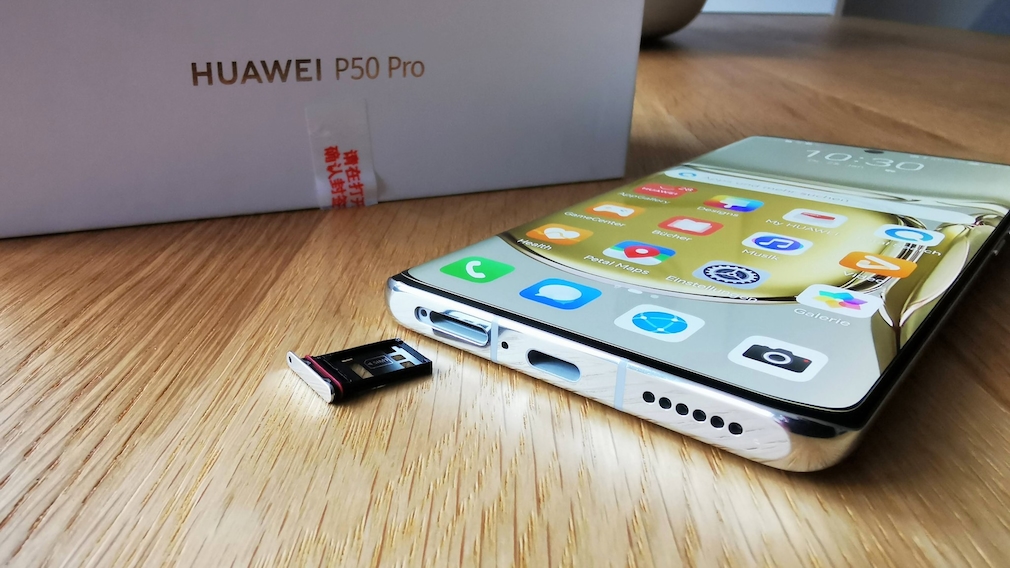
Below is the dual SIM card slot and the USB Type-C port.
Huawei P50 Pro: price and release
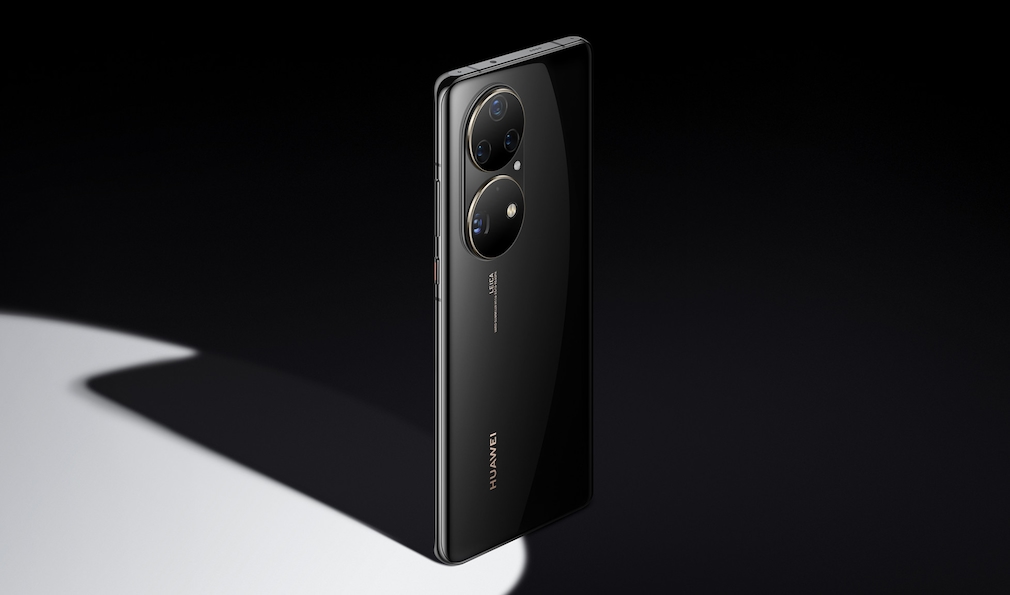
The Huawei P50 Pro in “Golden Black”.
Test conclusion: Huawei P50 Pro
The story of the P40 Pro and Mate 40 repeats itself. The P50 Pro offers a great display, chic design, top photo quality and lots of speed. There’s also inductive charging and a waterproof housing. But the fact that 5G is missing and that many important apps can only be retrofitted from questionable sources are severe dampeners and are punished with a significant deduction of a whole grade. On the other hand, if you want to do without Google apps anyway, you will find a chic alternative here.
